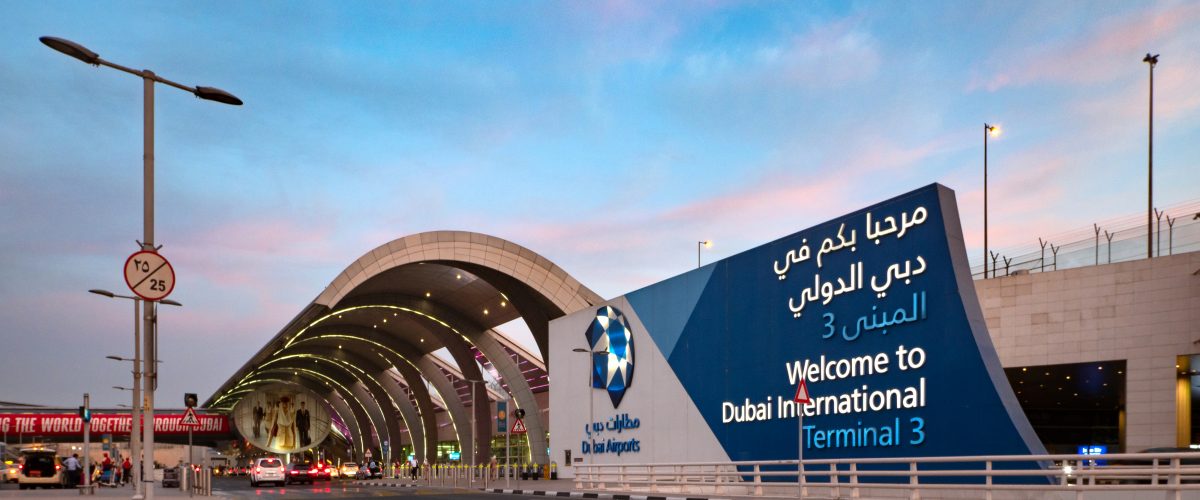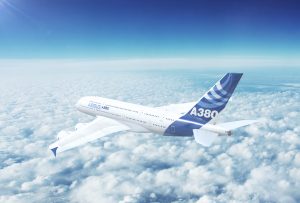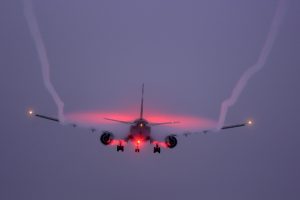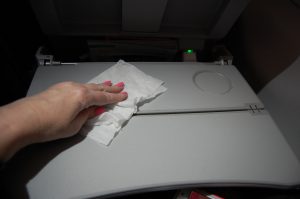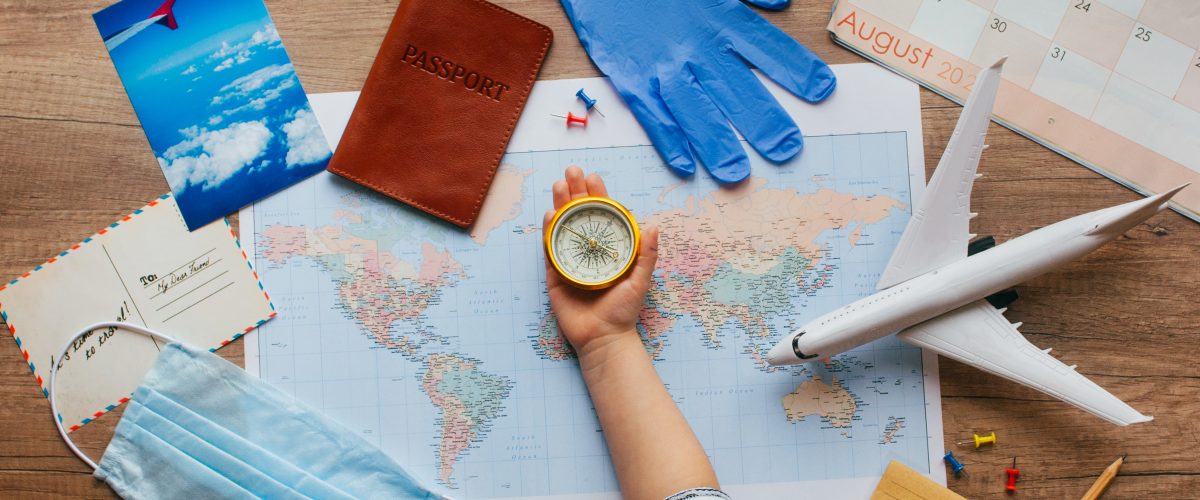Did you know these 7 things about Dubai Airport?
The Dubai International Airport (popularly known as DXB) is one of the world’s leading international airports. Anyone who has traveled through the airport can confidently vouch for the same.
It has a massive Duty Free selling top brands, a luxurious Airport Hotel, sleeping pods, world-class lounges, and much more for travelers to explore. But it’s more than just that. There are a lot of exciting facts about Dubai International Airport that are not known to many. So here are some of the unique Dubai Airport facts that will make you long for your next travel plan through this airport.
1. Why is Dubai International Airport abbreviated to DXB?
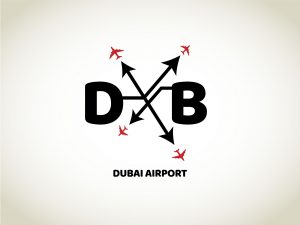
#DXB is the IATA code of Dubai International Airport and people often use IATA airport codes as unique identifiers for major cities.
So how did it get this IATA code? Although Dubai starts with the letters D-U-B, the code for Dubai is not DUB because it is already taken by the Dublin Airport!
Hence Dubai = DXB. The “X” in D-X-B is just a variable in-place of the U.
2. Dubai Airport is 60 years old…
The Dubai Airport opened on 30 September 1960 with a small terminal building and a dirt runway that could only handle an airplane with a capacity of 21 to 32 passengers. In the start, the tiny airport was primarily used as a refueling station but was later renovated with an asphalt runway and other facilities.
By the 1970s, Dubai Airport was completely refurbished to welcome international passengers from around the world. Today, Dubai Airport has over 70 airlines operating to over 220 airports in 214 cities across 94 countries around the world.
3. The airport is the size of 297 football fields

Put together all the three terminals and concourses, and the total area of the Dubai Airport is 2,122,474 sq. m, which is comparable to 297 football fields!
Currently, the airport in Dubai has the ability to manage 90 million passengers every year and there are plans underway to increase passenger traffic at Dubai Airport to more than 118 million by 2023.
The aim is to increase the passenger capacity to 120 million passengers by 2025 at both the Dubai Airport and Al Maktoum Airport.
4. Dubai Airport has its own 5* hotel inside its building!

Whether exhausted from a long flight and looking for a snooze or just looking to burn off all the wine you indulged in on your last flight, you can do it all at the Airport Hotel. The hotel boasts of luxury amenities that consist of a swimming pool, steam/sauna rooms, gym, restaurants, and conference rooms.
Also, located in Terminal 1 & 3, are tiny rooms in the Snooze Cube hotel for the more adventurous travelers. For a reasonable amount (USD 16.00) you get access to free Wi-Fi, a touchscreen TV, and a place to sleep.
5. The airport has its own indoor ZEN garden

Apart from being a terminal dedicated to A380 airplanes, Terminal 3 has an enormous garden called the Zen Garden! With lush trees, a fish pond and loads of benches, where you can sit back and relax while you wait for your flight, the ZEN garden is truly an escape from the hustle & bustle of this busy airport.
The ZEN garden even has play areas for kids, to keep them entertained. If you happen to be travelling through Terminal 3 in the Dubai Airport, make sure to visit the Garden; it’s a beautiful sight for sore eyes! Nothing like getting some rest and relaxing in a natural environment before your connection flight. The Dubai Airport Zen Garden is located near Gates B7 and B27 in Terminal 3.
6. Dubai International Airport has a whole concourse dedicated for A380 aircrafts
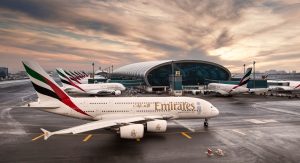
With Dubai’s national carrier being the largest operator of the #A380 in the world, it is no surprise that Dubai Airport has an entire concourse, known as Concourse A, dedicated to the arrivals and departures of all Emirates Airlines A380 aircrafts’ (they own a whopping 117 of them!!). The concourse also serves Qantas, following the Australian carrier’s partnership with Emirates.
A part of Terminal 3, Concourse A was opened on 2 January 2013 and spans an area of 528,000 sq. m., which is comparable to the size of 94 football fields. According to the Dubai International Airport facts sheet, Concourse A handled 22.9 million pieces of baggage and 50,000 flights serving 14.6 million passengers, in the first year itself.
7. It is one of the fastest growing aviation hubs in the world

The formation of Dubai International Airport has contributed enormously to the development of the city by connecting Dubai to the rest of the world. Today, Dubai is a renowned destination for tourism, trade and finance which is why people from across the globe choose to come visit the city.
In fact, it’s so popular that since 2014, Dubai Airport has held on to the title of the busiest airport in the world (in terms of international passenger traffic), welcoming 89.1 million international passengers in 2019.
Those were our picks of the top Dubai Airport facts. If you know of any exciting facts about Dubai Airport that we haven’t mentioned, let us know in the comments below.
Contact #GrandPetroleum for your next trip to #Dubai, we can arrange for all services from flight planning to the landing permits to your hotel bookings.
Please refer to our service’s tab on the website for further information on the services we provide.
Author: Nikita N Bhatia

